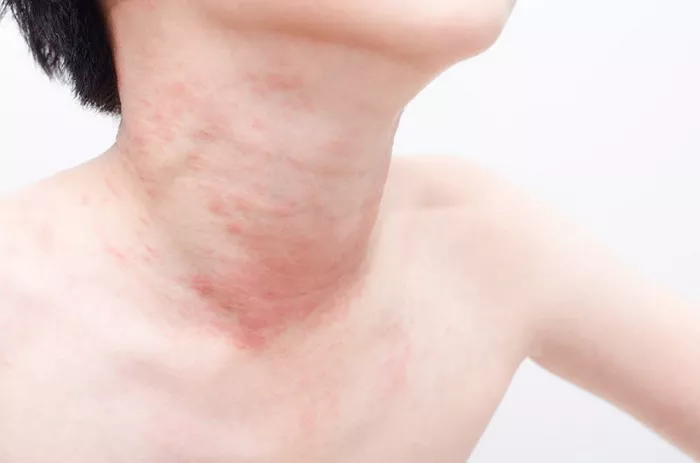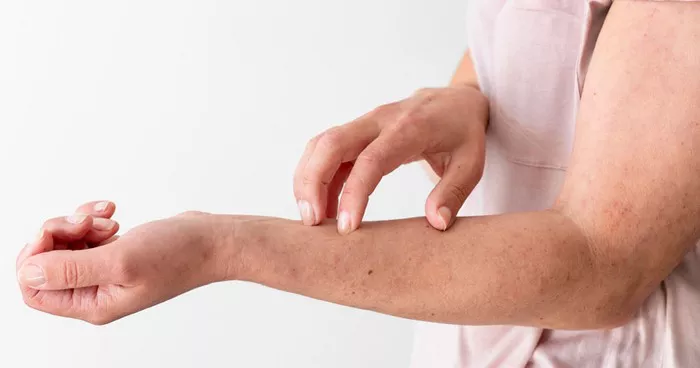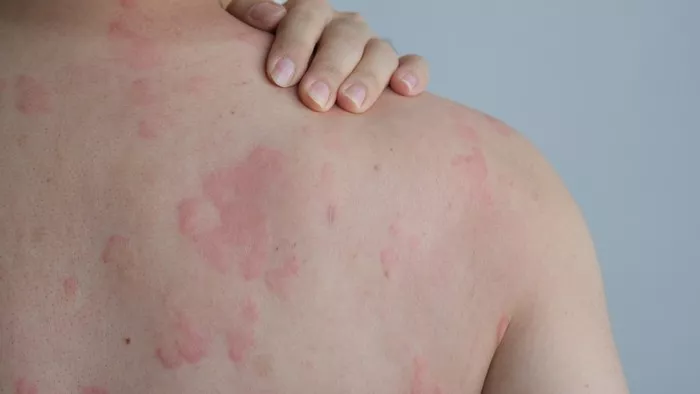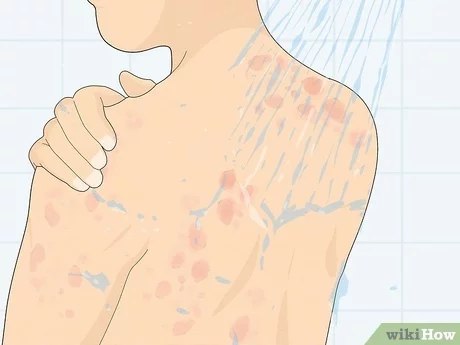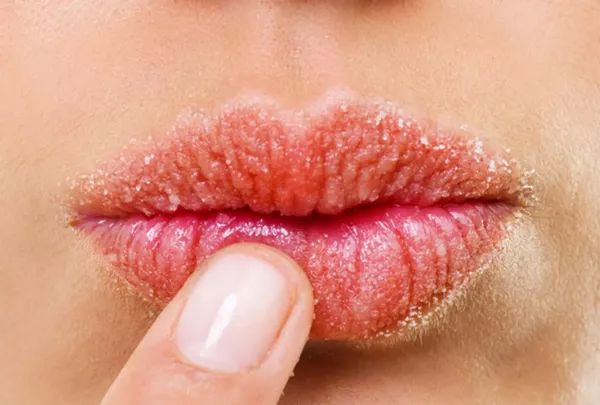Autoimmune urticaria, also known as chronic spontaneous urticaria (CSU), is a distressing condition characterized by recurrent hives or wheals that appear suddenly and persist for more than six weeks. This condition affects approximately 1-3% of the global population, significantly impacting the quality of life of those afflicted. While treatment options exist to manage symptoms, the question of whether autoimmune urticaria is curable remains a complex and evolving subject within the medical community.
Understanding Autoimmune Urticaria
To comprehend the potential for a cure, it’s crucial to grasp the underlying mechanisms of autoimmune urticaria. In this condition, the immune system mistakenly attacks healthy tissues, leading to the release of histamine and other chemicals, resulting in the characteristic hives and itching.
Various triggers, such as stress, infections, certain foods, and medications, can exacerbate symptoms in susceptible individuals. However, the exact cause of autoimmune urticaria remains elusive, although research suggests a combination of genetic predisposition, environmental factors, and immunological dysregulation.
Treatment Modalities
The management of autoimmune urticaria primarily focuses on alleviating symptoms and improving the patient’s quality of life. Antihistamines, both H1 and H2 blockers, are the first-line treatment and often provide relief for many individuals. For those with refractory symptoms, immunomodulatory therapies like corticosteroids, cyclosporine, or omalizumab may be prescribed to suppress immune activity.
Despite these treatment options, achieving long-term remission can be challenging, as some patients experience relapses even after periods of symptom control. Additionally, prolonged use of medications like corticosteroids carries inherent risks, including systemic side effects and the potential for disease rebound upon discontinuation.
The Quest for a Cure
The pursuit of a cure for autoimmune urticaria remains an active area of research, fueled by advancements in immunology, genetics, and personalized medicine. Scientists are investigating novel therapeutic targets and biomarkers that could offer insights into disease mechanisms and aid in the development of more targeted treatments.
One promising avenue of research involves biologic agents that specifically target IgE, the antibody responsible for triggering the release of histamine in response to allergens. Omalizumab, a monoclonal antibody that binds to IgE, has shown efficacy in some patients with autoimmune urticaria, leading to symptom improvement and reduced reliance on other medications.
Furthermore, advancements in understanding the role of autoimmune pathways and inflammatory mediators in urticaria pathogenesis have paved the way for the exploration of targeted immunotherapies. Biologics targeting cytokines like interleukin-4 and interleukin-13, which play pivotal roles in immune regulation and inflammation, hold promise as potential future treatments for autoimmune urticaria.
The Role of Precision Medicine
In the quest for a cure, the concept of precision medicine has emerged as a guiding principle. By tailoring treatments to individual patients based on their unique genetic makeup, immune profiles, and disease characteristics, clinicians aim to optimize therapeutic outcomes and minimize adverse effects.
Advances in genomic sequencing and biomarker discovery have enabled researchers to identify subtypes of autoimmune urticaria with distinct pathophysiological features and treatment responses. This knowledge allows for more targeted interventions, such as the use of specific biologics or immunomodulators, in patients who are likely to benefit the most.
The Importance of Patient Education and Support
While the search for a definitive cure continues, it is essential to emphasize the importance of patient education and support in managing autoimmune urticaria. Educating patients about potential triggers, lifestyle modifications, and adherence to treatment regimens can empower them to take an active role in their care and improve treatment outcomes.
Support groups and online communities can also provide invaluable emotional support and practical advice for individuals living with autoimmune urticaria. By connecting with others who share similar experiences, patients can gain insights, coping strategies, and a sense of solidarity that fosters resilience in the face of a chronic condition.
Conclusion
In conclusion, the question of whether autoimmune urticaria is curable remains a complex and multifaceted issue. While current treatments can effectively control symptoms for many patients, achieving a permanent cure remains elusive. However, ongoing research efforts hold promise for the development of targeted therapies and personalized interventions that could revolutionize the management of this challenging condition.
In the meantime, a comprehensive approach that combines pharmacological interventions with patient education, support, and a focus on improving quality of life remains paramount. By advancing our understanding of autoimmune urticaria’s underlying mechanisms and embracing the principles of precision medicine, we can strive towards a future where effective treatments and, ultimately, a cure are within reach for all affected individuals.

